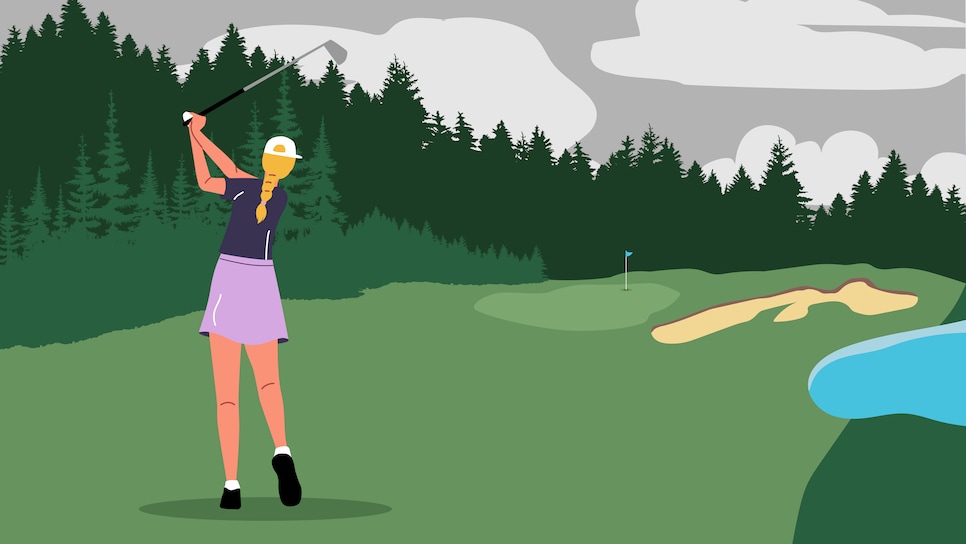
6 Golf Tips You’ll Regret Not Following
Everyone thinks they’ve got it figured out—until the scorecard says otherwise. There’s plenty of bad advice out there, but these six fundamentals are not among them. Nail the basics below and you’ll see faster, more reliable improvement without reinventing your swing.
The Grip Matters More Than You Think
It’s not glamorous, but your grip controls the clubface—your clubface controls the ball. A poor hold forces compensations you’ll chase forever. A proper grip delivers face stability, better start lines, and predictable curve.
- What to feel: Lead hand heel pad on top of the handle; trail hand “covers” the thumb; moderate pressure (4–5/10).
- Neutral isn’t universal: Stronger or weaker grips can work—adjust until your stock shot starts on line without extra manipulation.
Quick drill: Make half-swings with eyes on the face. If it’s open at impact, experiment one notch stronger; if it’s shutting down left, go one notch weaker.
Use the Ground to Generate Power
Speed doesn’t come from swinging harder with the arms—it comes from pushing into the turf and rotating athletically. Ground reaction forces add effortless mph and stabilize contact.
- What to feel: Pressure shifts into trail foot in the backswing, then push into the lead foot before impact.
- Common miss: Spinning the hips without pressure shift—leads to weak, glancing blows.
Quick drill: Feet-together swings, then step the lead foot out during the downswing. Feel the “push” before you release the club.
Keep Your Head Steady
A steady (not rigid) head helps you control low point and face angle. Excess bobbing or lunging makes thin/fat strikes almost inevitable.
- Start small: Groove it with wedges and short irons; slight trail-ward tilt with driver is fine.
- Setup tip: Weight favoring lead side ~55–60% for irons; eyes over the ball line in putting.
Quick drill: Place a tee just outside the ball and brush the turf in front of it without your head drifting toward the target.
The Golf Ball Matters
Your ball is the only piece of equipment you use on every shot. The right model can add yards off the tee and, more importantly, touch around the green.
- Match to your needs: If you want greenside spin and consistency, try a urethane-covered, 3+ piece ball.
- Commit: Once you find a model you like, stick with it—changing balls changes feels, flights, and distances.
Quick test: Compare two models on 50–70 yard pitches and 15–25 foot putts. Pick the one that stops and rolls how you expect.
Practice Alignment
Alignment is not intuitive. Many “swing faults” are actually aim faults. If your body lines left, expect pulls or push-fades trying to fix it mid-swing.
- Train your eyes: Lay one stick at your toes (parallel-left of target line), another for ball position.
- On course: Use an intermediate spot 1–2 feet ahead of the ball to set the face first, then your feet.
Quick drill: Hit a 9-iron to three targets in a row, resetting alignment each time. If the start line drifts, restart the routine.
Lead Wrist at Impact Should Be Flat
Your lead wrist position controls the clubface and loft at impact. A flat (or slightly flexed) lead wrist de-lofts the club, compresses the ball, and tightens dispersion. An extended (cupped) wrist often leads to weak fades and high spin.
- Checkpoint: At lead arm parallel in the downswing, lead wrist trending flat, clubface matching lead forearm.
- Feel vs. real: Most players need to feel more flex than they actually produce.
Quick drill: Place a credit card on the back of your lead wrist under a snug wristband. Keep it from “cupping” through impact on ¾ swings.
Make These Six Non-Negotiable
- ☑ Build a grip that keeps the face stable.
- ☑ Use the ground—shift, push, rotate.
- ☑ Steady the head for consistent strike.
- ☑ Pick a ball that fits and stick with it.
- ☑ Train alignment every practice session.
- ☑ Flatten the lead wrist through impact for compression.
Master these fundamentals and you’ll stop bleeding strokes to preventable mistakes. Simple, repeatable, and worth it—round after round.
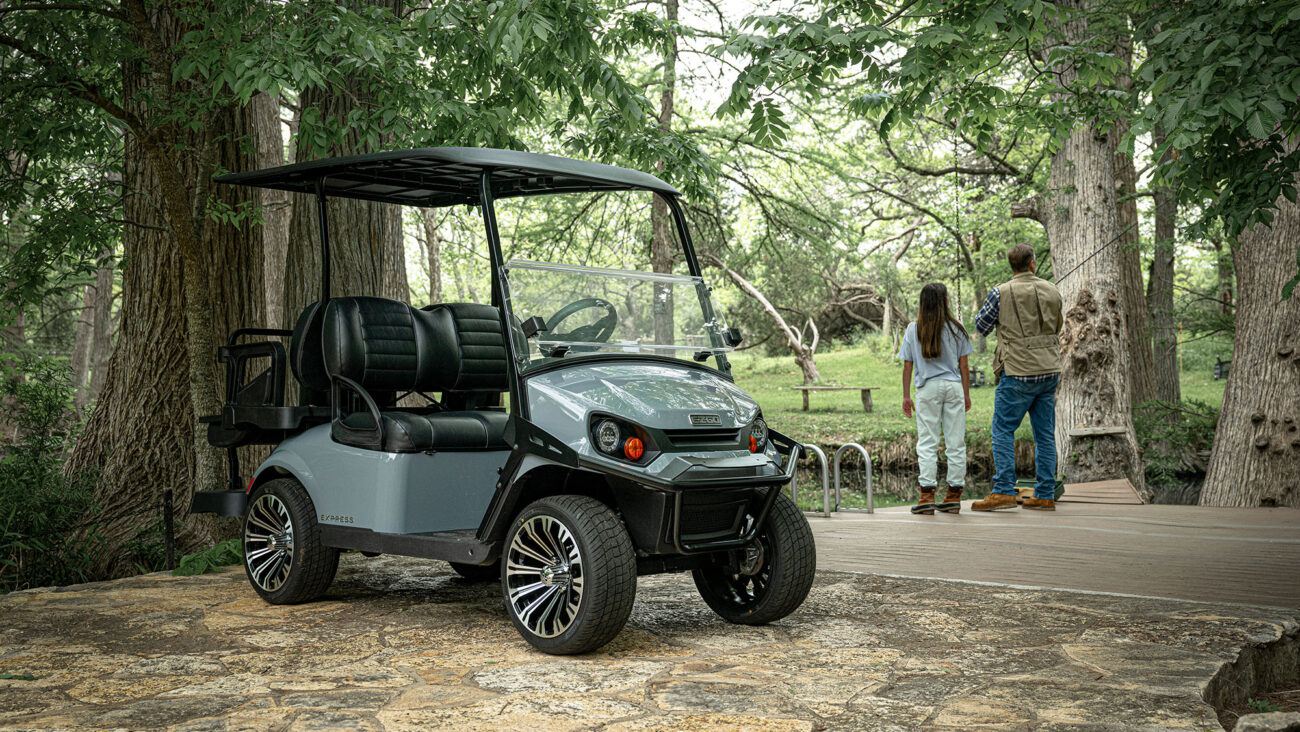
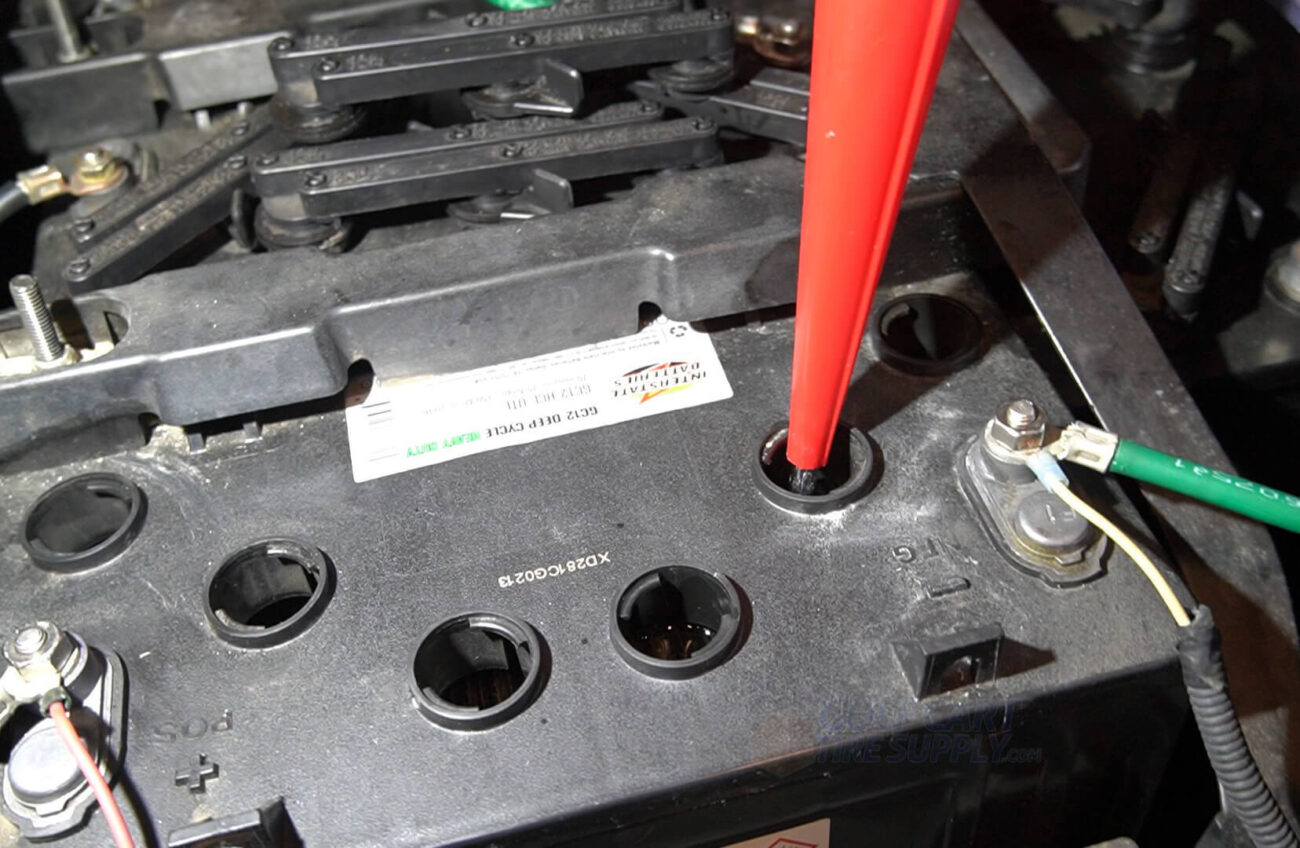
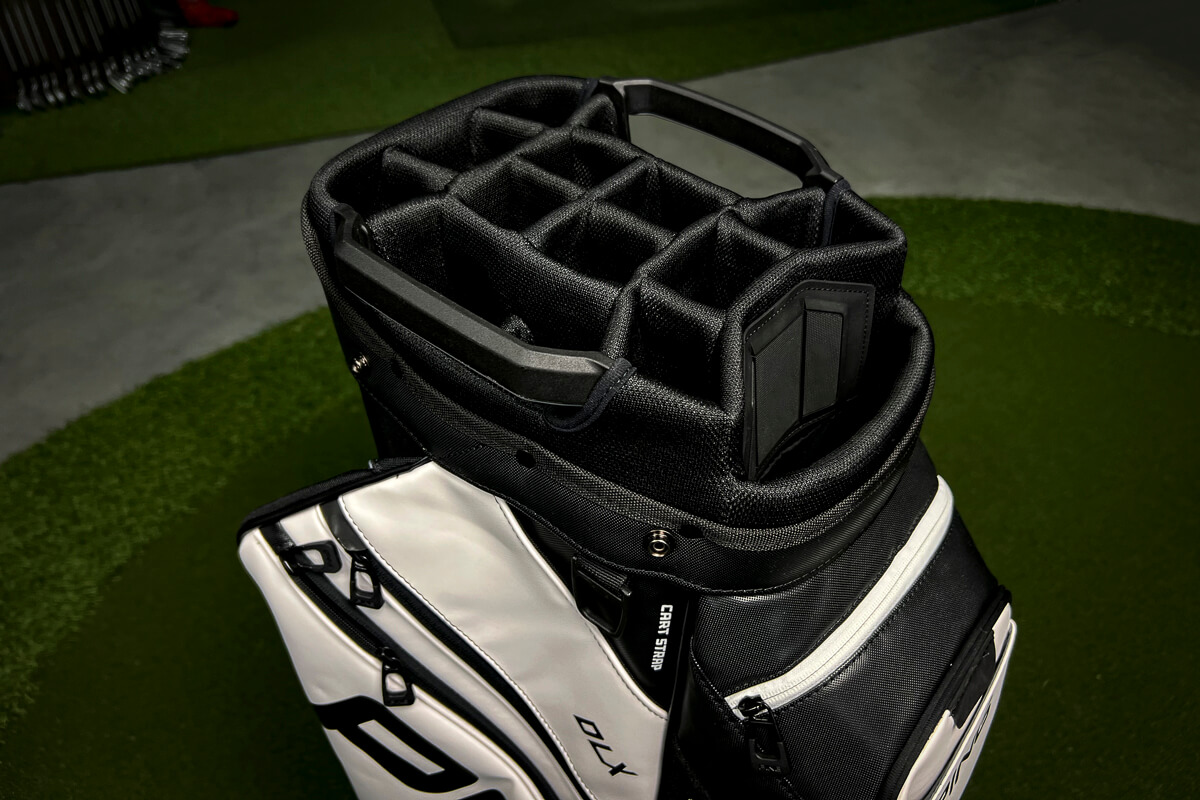
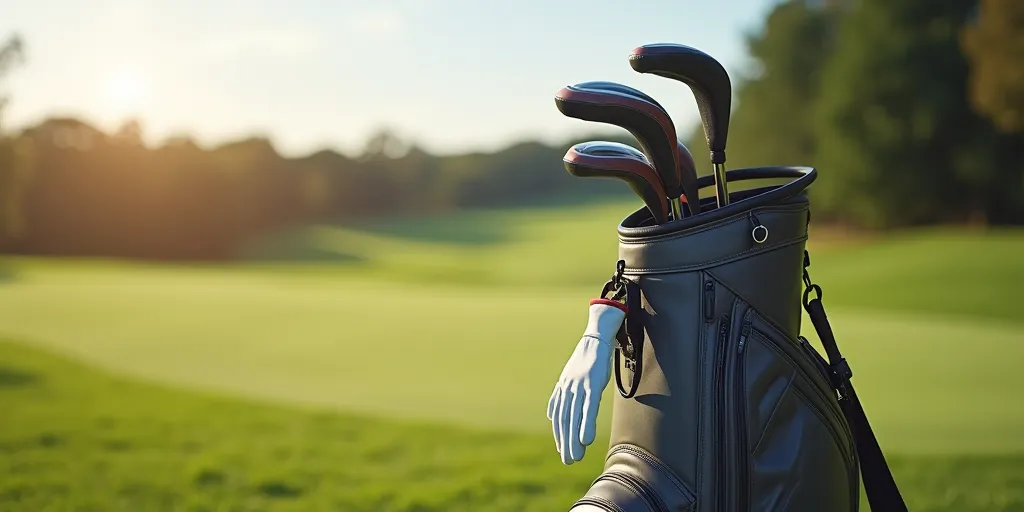
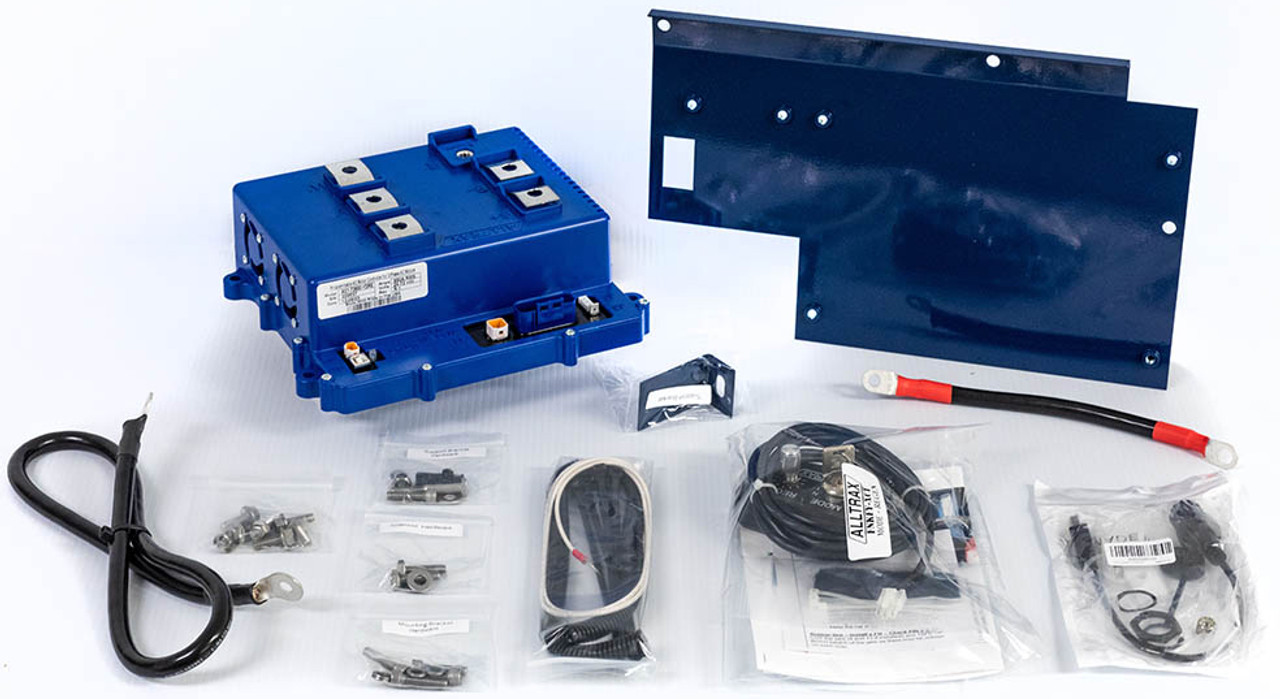
Add a review
Your email address will not be published. Required fields are marked *